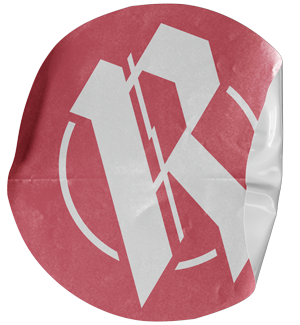Dilo
Sign Language Learning
🦻
Sign Language Learning 🦻
🏴
UX/UI
🏴 UX/UI
BARCELONA
📍
BARCELONA 📍
This is a project that was born out of concern about the lack of inclusion of people with hearing impairment to society.
Following the structure of the double diamond to develop and iterate it.
Research
During the process I found that more than 6%of the world's population has some form of hearing impairment, and that in spite of this figure, at least 20% of them experience situations of rejection or harassmentdue to lack of knowledge.
*Some headlines from Spanish news portals
As I interviewed professionals I was able to learn about the situations they faced on a day-to-day basis, which I divided into pain points, areas of opportunity and accelerators.
After analyzing responses and insights I was able to come to the conclusion that this problem comes from a self-feeding loop.
It is a reality that a large part of the lack of integration of deaf people is because people are not usually interested in the subject until they experience it.
While it is true that there are many materials for learning sign language, the vast majority of them are difficult to find, which makes it difficult for outsiders to take an interest in it.
To validate my hypotheses I surveyed 34 non deaf peoplewho told me that:
They were interested or very interested in learning it but did not know where.
They would learn it just for cultural enrichment.
They want to learn more about deaf culture and the history of sign language.
Personas
With all this information gathered I started to develop the user archetypes for the project:



Adri was chosen for his limited time but great interest and independence in researching topics that matter to him.
The Problem
People today are often unaware of, let alone consider, the difficulties that deaf people face in integrating into the world.
The Tool
A platform where you can not only learn different Sign Languages, but also be a point of familiarization and awareness to the subject.
Flow
Who became these High Fidelity Wireframes
And eventually to a prototype
With elements such as:
On-demand classes where they can:
- Control the video speed.
- The words light up while the sign is being made.
- A mirror function that splits the screen in two, having the video on top and the front camera on the bottom to be able to mimic the movements correctly.
Live classes:
- With expert teachers.
- Giving deaf people the opportunity to enter the work world by teaching classes.
Conclusion
A learning platform will not solve the gap that exists today, but it can be a tool to help institutions generate awareness and maybe future professionals.










